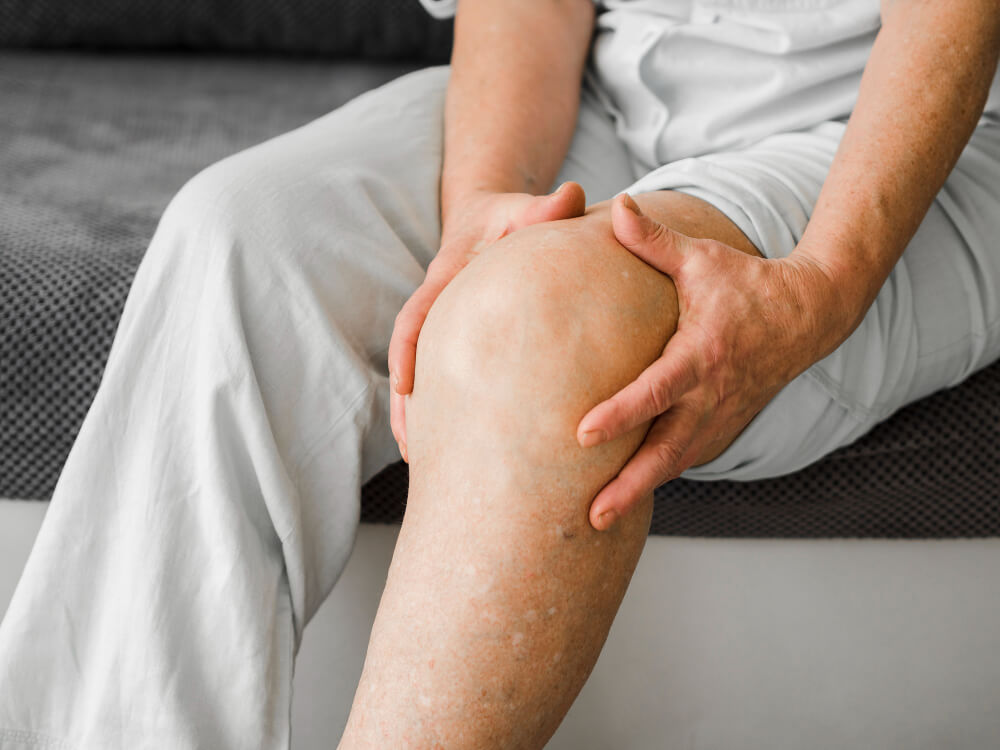Don’t Let Knee Pain Sideline You: Expert Knee Care with Orthopedic Surgeons
The knee joint, a marvel of engineering, allows us to walk, run, jump, and navigate our world with ease. But when knee pain strikes, even the simplest movements can become a challenge. This article delves into the world of knee care, exploring the expertise of orthopedic surgeons in helping you achieve a pain-free, active life.
Demystifying the Knee: A Hinge of Movement
The knee joint is a complex hinge joint where the lower end of the thigh bone (femur) meets the upper end of the shinbone (tibia) and the kneecap (patella). This intricate structure is supported by a network of ligaments, tendons, muscles, and fluid-filled sacs (bursae) that work together to provide stability, flexibility, and shock absorption.
However, this complexity makes the knee susceptible to wear and tear, injuries, and imbalances. These issues can disrupt the delicate mechanics of the joint, leading to pain, stiffness, and limitations in movement.
Beyond Arthritis: A Spectrum of Knee Pain Causes
Knee arthritis, a degenerative condition affecting the joint cartilage, is a frequent cause of knee pain, especially in older adults. But the spectrum of knee pain is much broader. Here’s a glimpse at some of the culprits:
- Arthritis: Osteoarthritis (wear-and-tear) and rheumatoid arthritis (autoimmune disease) can damage the cartilage lining the knee joint, causing pain, stiffness, and reduced range of motion.
- Ligament Sprains and Tears: Injuries to the ligaments (ACL, MCL, PCL, LCL) that stabilize the knee joint can lead to pain, swelling, instability, and difficulty bearing weight.
- Meniscus Tears: The menisci are C-shaped cartilage discs that act as shock absorbers in the knee. Tearing a meniscus can cause pain, catching sensations, and locking of the knee joint.
- Tendinitis and Bursitis: Inflammation of tendons (tendinitis) or bursae (fluid-filled sacs) surrounding the knee can cause pain, tenderness, and swelling.
- Patellar Instability: Problems with the kneecap (patella) tracking properly can lead to pain, popping sensations, and instability.
- Overuse Injuries: Repetitive stress from activities like running or jumping can lead to pain in structures like the patellar tendon or iliotibial band (IT band).
Unraveling the Mystery: The Diagnostic Process
Accurate diagnosis is essential for creating an effective treatment plan for knee pain. Your orthopedic surgeon will use a combination of approaches to pinpoint the cause of your discomfort. Here’s what you can expect:
- Detailed Medical History: Your doctor will discuss your symptoms, including their onset, severity, location, and any aggravating or relieving factors. They will also inquire about your medical history and any past injuries related to your knee.
- Physical Examination: A thorough physical examination will assess your knee’s range of motion, tenderness, strength, stability, and alignment. Special tests may be performed to assess ligament integrity and functionality.
- Imaging Tests: X-rays, MRIs, or ultrasounds may be ordered to visualize bones, soft tissues, and the joint in detail, helping to confirm the diagnosis.
In some cases, additional tests like joint aspiration (removing fluid for analysis) or stress tests may be needed depending on the suspected cause of your knee pain.
Charting Your Path to Recovery: Treatment Options
Once the source of your knee pain is identified, your orthopedic surgeon will work with you to develop a personalized treatment plan. The goal is to address the underlying problem, alleviate pain, improve function, and prevent future complications. Treatment options can range from conservative approaches to surgical intervention, depending on the severity and nature of your condition. Here are some possibilities:
- Non-surgical Treatment:
- Rest, Ice, Compression, and Elevation (RICE): This fundamental approach helps reduce inflammation and swelling in the early stages of injury.
- Physical Therapy: Rehabilitation exercises play a crucial role in strengthening muscles, improving flexibility, and restoring proper mechanics around the knee joint.
- Medication: Pain relievers, anti-inflammatory drugs, or cortisone injections may be used to manage pain and inflammation.
- Bracing: Wearing a brace can provide support and stability for the knee joint.
- Weight Management: Maintaining a healthy weight can significantly reduce stress on the knee joint.
- Surgical Intervention: If non-surgical options fail to provide adequate relief, surgery may be considered. Here are some possibilities:
- Arthroscopy: A minimally invasive procedure using a small camera to visualize the inside of the joint and repair damage such as torn meniscus or remove inflamed bursa tissue.


